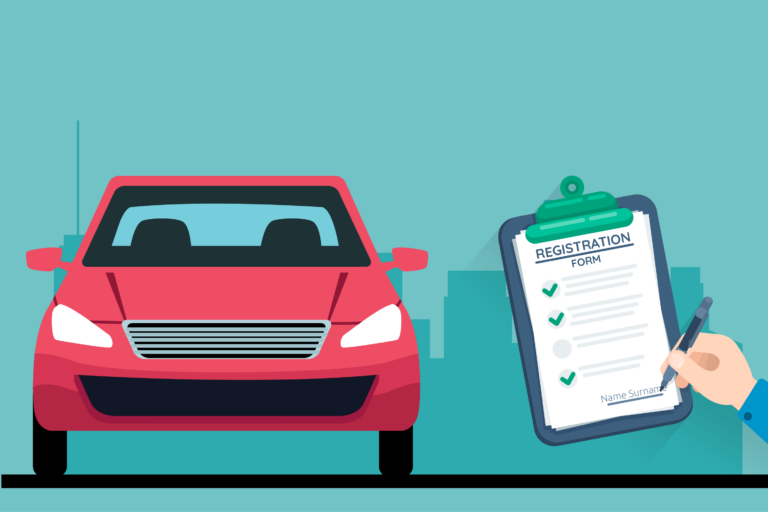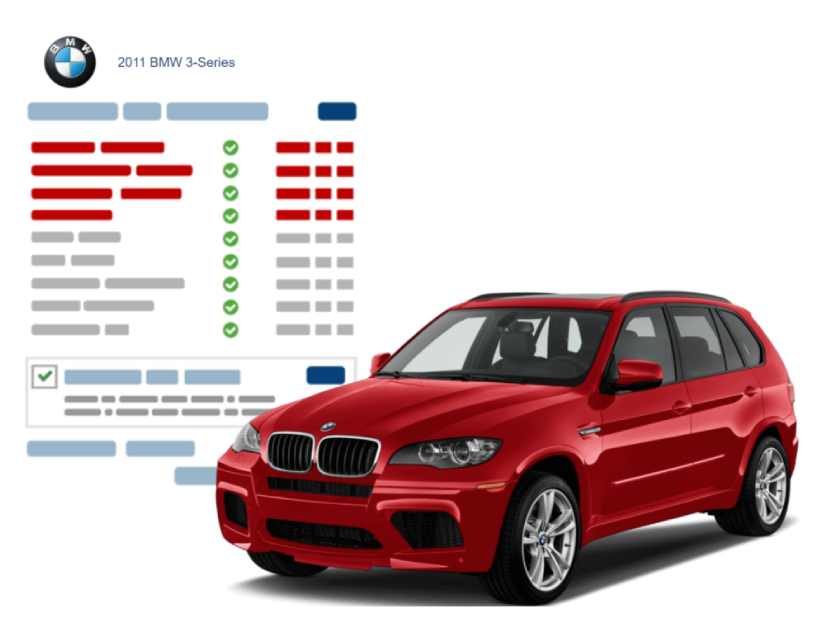
When you purchase a new car, you’ll need to do a couple of things to get that vehicle legally registered in your name. These steps will vary depending on where you live and whether you purchase your car from a dealership or privately. But no matter where you live, getting your new car registered is going to cost you. If you don’t plan ahead, the cost of getting your new car registered could end up being more than what you’d pay for a monthly car insurance policy. Here’s everything you need to know about getting your car registered, from what you’ll need to pay to where you’ll need to go.
What you’ll need to get your car registered in most states
If you buy your car from a dealership, you’ll need to pay any taxes and fees due on the vehicle. Depending on where you live and whether you buy a new or used car, you might also need to pay a fee for titling and registration. These fees are set by your state and aren’t typically included in the price of a new car.
How to know your car history
One of the first things you’ll want to do when you get your car is to find out exactly how old it is and what happened to it in the past. Knowing the car history can help you avoid getting a car that’s too old to be registered or that has a history of undisclosed accidents or crimes. You can do so with the vehicle history by registration.
You might want to take a look at the car’s odometer to see how much mileage the vehicle has. If the odometer shows less than 50,000 miles, this car is probably a newer model and shouldn’t be too tough to get registered. If the car has over 100,000 miles, it’s probably a little more difficult to register as a classic car.
How to register a car in 5 simple steps
Decide where you’ll register your car. You can usually register your car at the same place you purchased it. If not, check where else you might be able to register your car.
Obtain a car insurance policy and make sure you’re covered for at least some of the cost of damages you cause to other people or their property. You’ll need to have insurance coverage on your car at all times, even as it’s being registered.
1. Get your car inspected. If you bought your car used, it might need to be inspected before you can register it. Check your state’s requirements for inspection requirements for used cars. If your car does need to be inspected, see if you can get it inspected around the same time you’re registering it. Do so by checking out the logbook, engine number, plate number, and mot history, to see if the car has been tampered with.
2. Pay any fees due for licensing your car. There might be a fee for licensing your car, and you’ll need to pay it at the same time you’re filling out your car registration form number. Check with your local DMV or search online for fees due for your car’s make and model.
3. Take your car to the DMV as soon as you can after you’ve registered it. Ideally, this will be when it’s still within the one-year registration period.
4. Get your car insurance verified. If you want to make sure you’re covered while your car is being registered, you should get your car insurance verified at the same time as you’re registering your car.
5. Pay your car registration. At the end of the day, paying your vehicle registration is just like paying any other bill. You’ll need to take your payment with you to the DMV office in person, or you can mail your payment with a check or money order.







